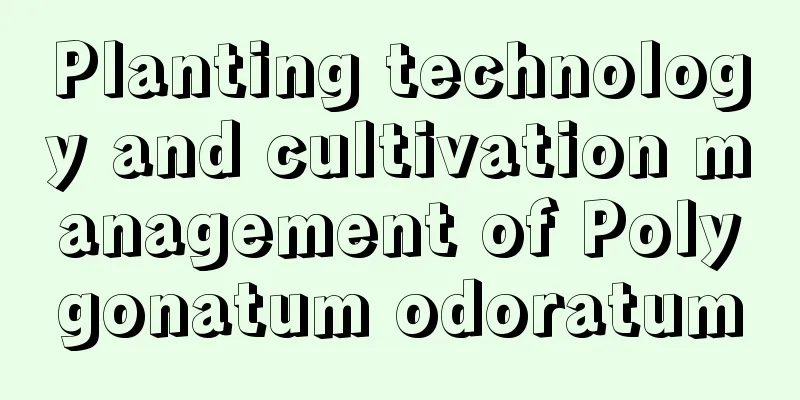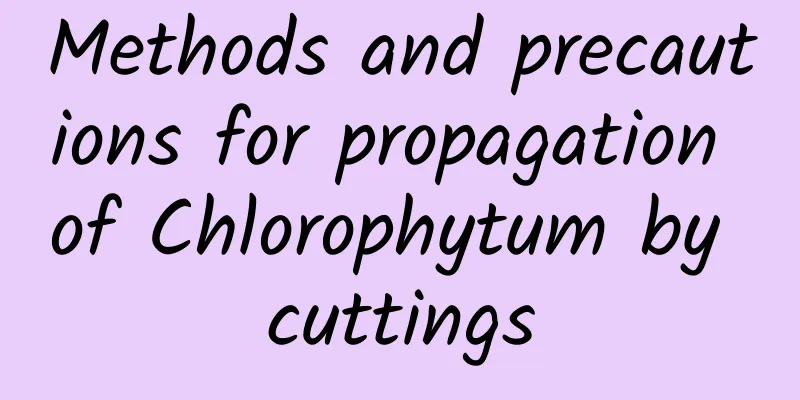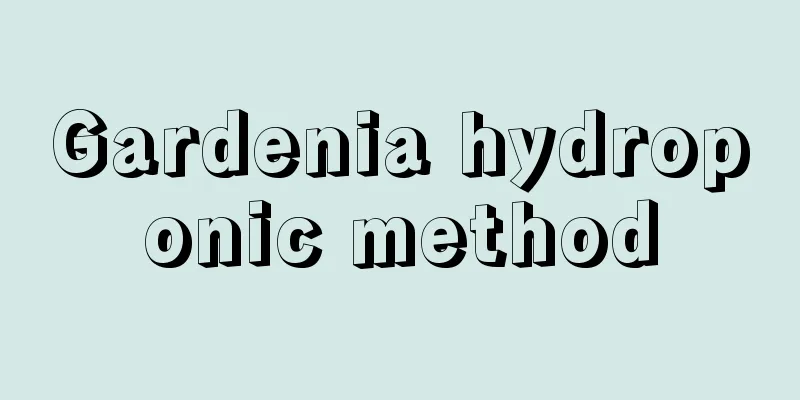Planting technology and cultivation management of Polygonatum odoratum

|
Polygonatum odoratum is a perennial herb of the genus Polygonatum of the Liliaceae family. It is not only a common Chinese medicinal material , but can also be used as a high-end nourishing food, delicacy and beverage. It is now exported in large quantities to foreign countries and has broad prospects for cultivation. So what are the planting techniques and cultivation management of Polygonatum odoratum ? Let’s learn more about it below. 1. Planting site selection Polygonatum odoratum prefers a shady, moist, well-drained environment and is suitable for growing in a semi-shaded and semi-sunny place. Therefore, when choosing a planting site, priority should be given to places with higher terrain, deep soil and rich organic matter content. 2. Land preparation and fertilization Before planting Polygonatum, it is best to apply 2000-3000 kg of manure, compost, etc. as base fertilizer per mu after the previous crop is harvested, deep plow the land, harrow and level it to make ridges. Generally, the ridge width is 1.6 meters, the working road width is 30-40 cm, and the ridge height is 15-30 cm. At the same time, dig drainage ditches around the area. 3. Key points for sowing The method of horizontal strip sowing can be adopted. Dig shallow trenches horizontally on the prepared ridges for Polygonatum odoratum, with a depth of about 3 cm and a row spacing of 10 cm. Sow the seeds evenly in the trenches and cover with 2-3 cm of loose soil. There is no need to step on it. After raking it flat, cover the ridge surface with conifers, weeds or straw to keep it moist. Sow about 10 kilograms per mu. 4. Field management (1) Irrigation: Irrigation methods include pouring water, digging trenches and sprinkler irrigation. (2) Fertilization: In spring, when the seedlings are 5 cm tall, apply 1,000 kg of human and animal manure per mu. The second time is after the seedlings wither, apply 2,000 kg of compost or manure, plus 10 kg of phosphate fertilizer. (3) Intertillage weeding: After the seedlings emerge, the first weeding can be done by hand pulling or shallow hoeing to avoid damaging the tender seedlings. In the second and third years, before seedlings emerge, cover the ground with a layer of fine soil with yellow grass in the winter. Since the rhizomes are densely covered on the surface, there are fewer weeds and basically no weeding is required. (4) Pests and diseases: Polygonatum odoratum has relatively few pests and diseases. If pests occur, the damage is not serious. The key is to prevent and kill underground pests when sowing. 5. Harvesting and processing Polygonatum is usually harvested in the third year after planting. When harvesting, care should be taken to protect the rhizomes to avoid damage. The harvested rhizomes should be properly treated, such as washing, air-drying or baking, in preparation for subsequent processing. In general, Polygonatum odoratum is a common Chinese medicinal material, which is easy to cultivate and has high yield. However, in order to obtain higher planting benefits, it is very important to carry out scientific planting and cultivation work.
|
<<: How to plant and manage girl fruit?
>>: Watermelon planting methods and management methods
Recommend
Succulent cultivation techniques and methods
Succulent plants are unique in the plant world wi...
How to propagate Syngonium
1. Division propagation Syngonium has a strong gr...
How to plant lotus
1. Planting time Bowl lotus can be planted in all...
How to sow bicolor jasmine
Sowing method Seed selection Before sowing, the s...
How to prevent and treat rheumatism in dairy cows?
Rheumatism in dairy cows is also known as arthrit...
What is fern?
What is fern? Bracken is a plant of the Pteridace...
What are the cultivation methods and precautions of the green leaf arrowroot
Cultivation method of green leaf arrowroot The gr...
Is loofah a fruit or a vegetable?
Is loofah a fruit or a vegetable? Luffa is a vege...
The causes and treatments of yellow leaves of Euphorbia obesa
1. Insufficient fertilizer 1. Reason: Euphorbia o...
Hydroponic method of zephyranthes
Can it be hydroponically grown? Allium can be gro...
How to care for calamus bonsai and what to pay attention to
Feng Shui meaning of calamus bonsai Acorus bonsai...
Golden Edge Tiger Pilan Cutting Method
1. Preparation It is best to choose spring and au...
Does Qianchuan like the sun?
Qianchuan Xiyang Money tree generally likes the s...
How to grow fishing geraniums so that they bloom full of life?
Geraniums come in a wide variety of colors, inclu...
The best planting time and cycle for soybeans. When is the best time to plant?
Soybean planting time The planting time of soybea...









